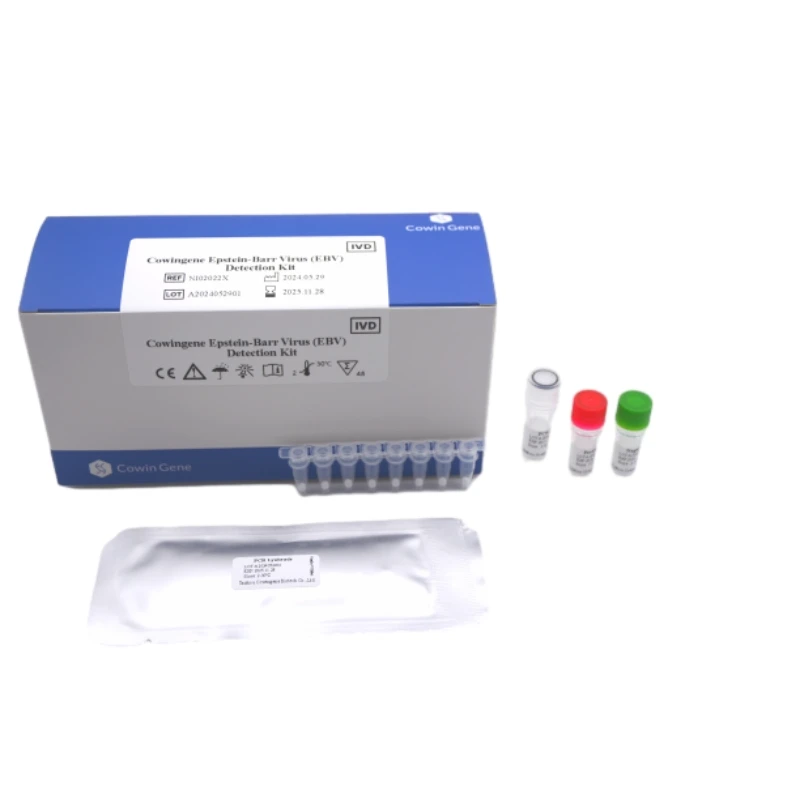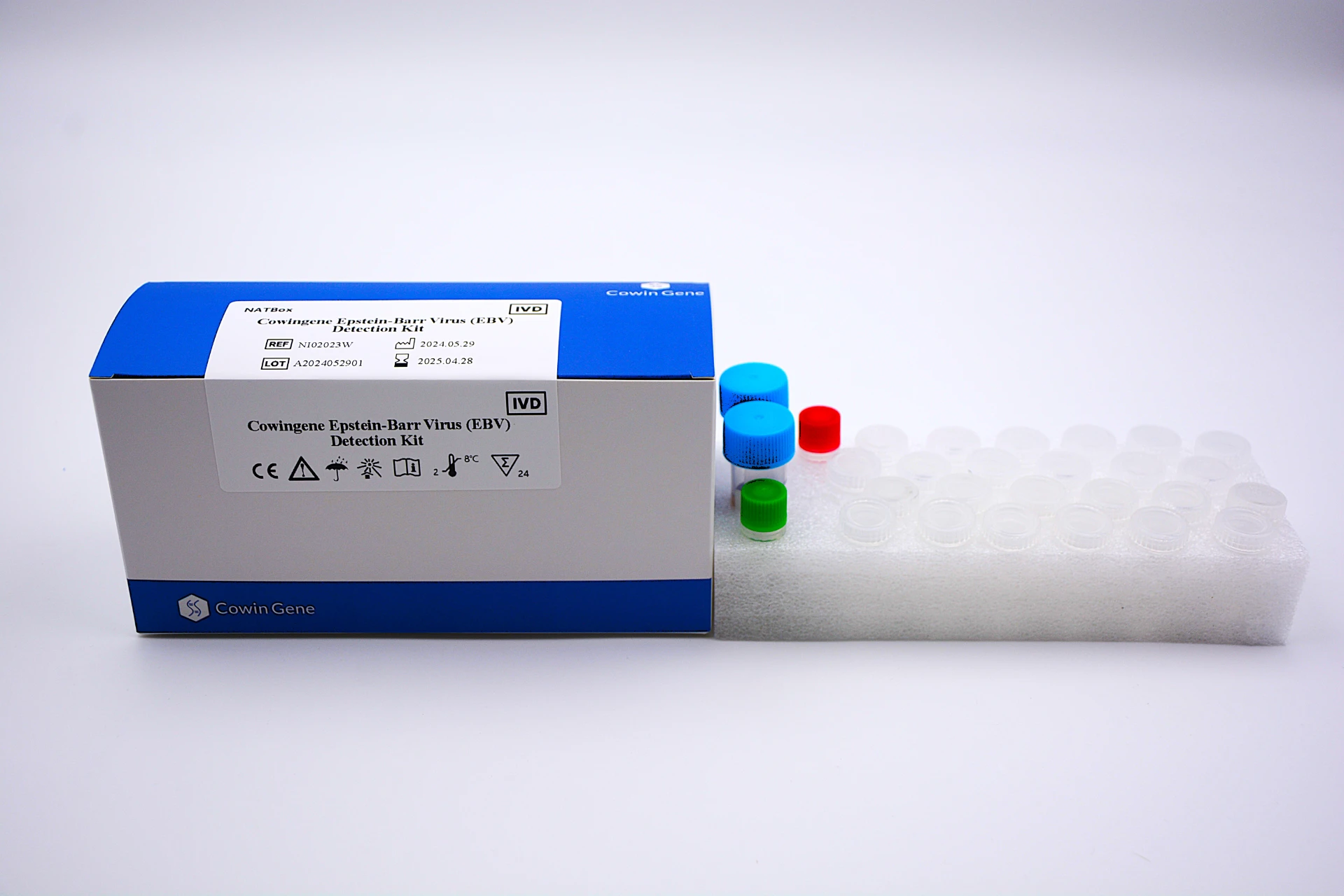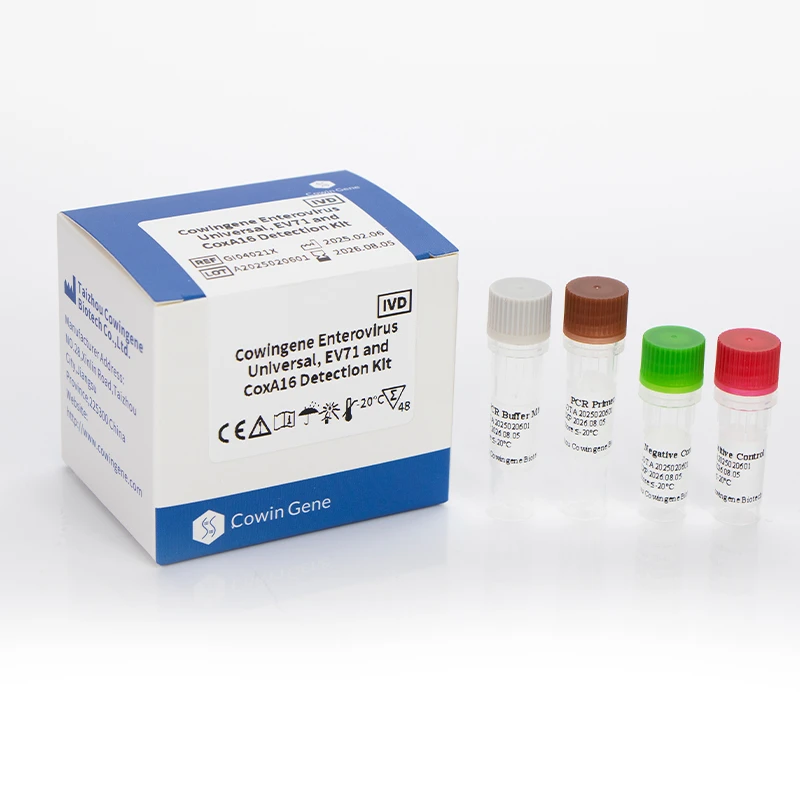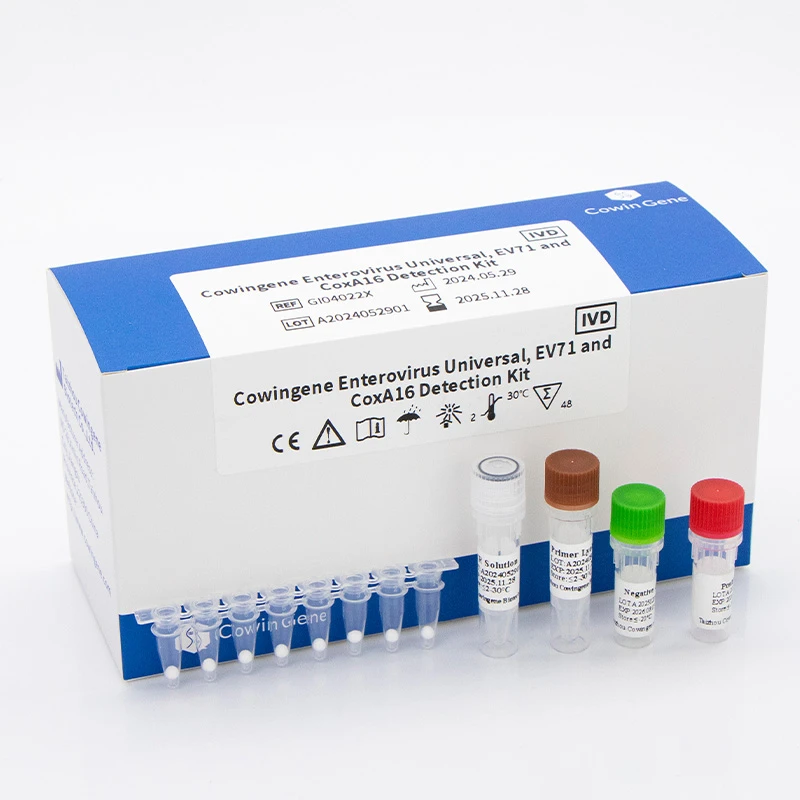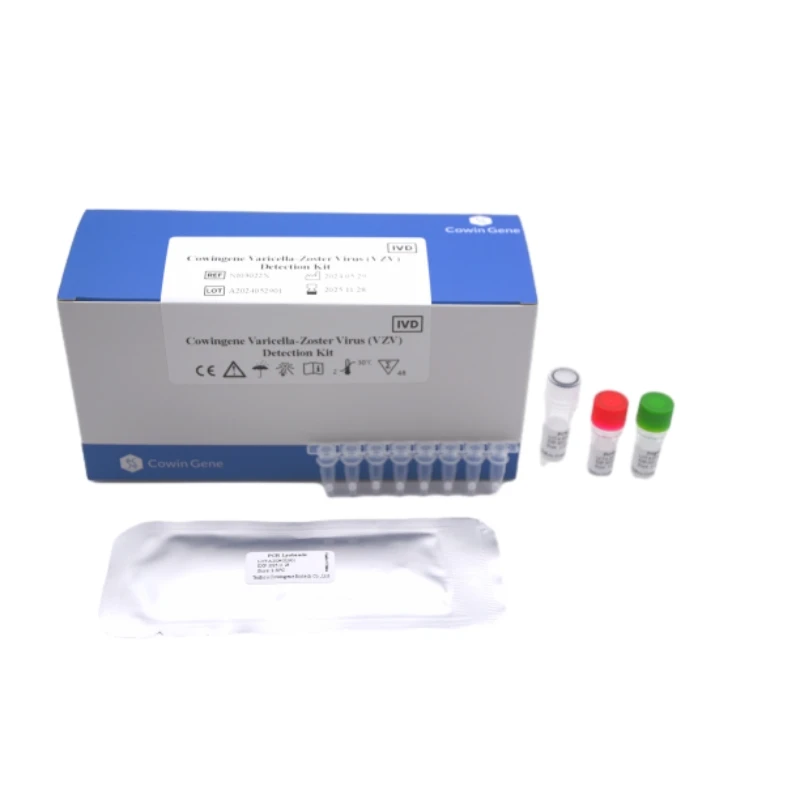Oct . 10, 2025 13:35 Back to list
Human Papilloma Virus HPV PCR: Fast, Accurate—Why Us?
Field Notes on HPV Genotyping: What Labs Really Need from PCR in 2025
If you’re weighing options for human papilloma virus hpv pcr in routine screening or research, here’s the view from the bench: labs want breadth of genotypes, clean workflow, and results they can defend during audits. I’ve spent enough time in molecular suites to know—simple things like tube layout and documentation can make or break a rollout.
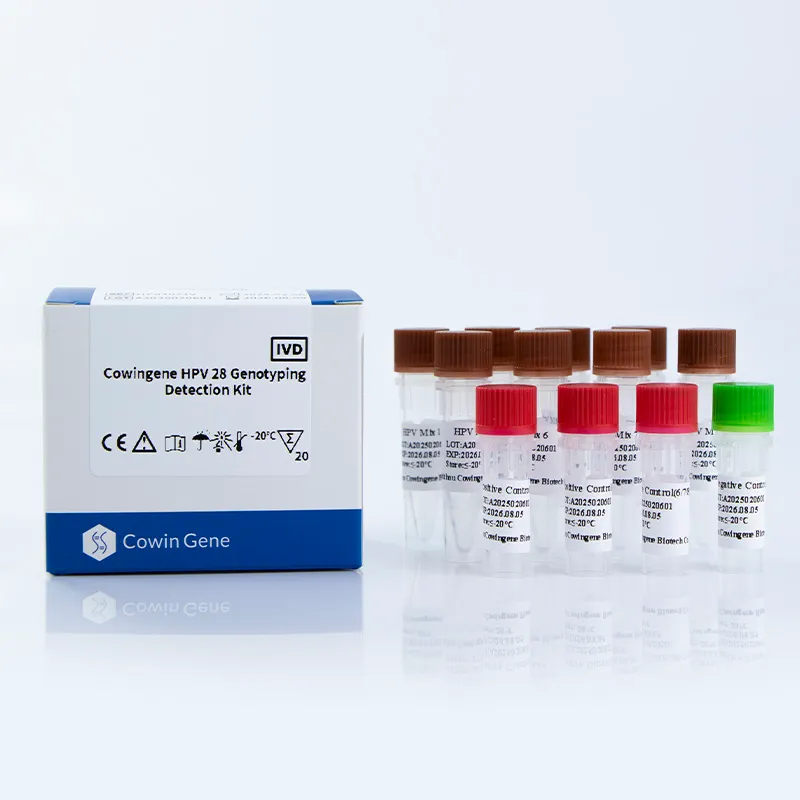
Industry trend check
Two big currents: broader panels (≥25 genotypes) and validated self-collection. Also, procurement teams keep asking for ISO 13485 and traceable QC files. Not glamorous, but it matters when your accreditation body shows up. And yes, rapid turnaround with minimal re-runs—cost per reportable is under more pressure than ever.
Product snapshot: Cowingene HPV 28 Genotyping Detection Kit (Liquid)
I ran through the dossier and spoke with two users; here’s the distilled view.
| Parameter | Details |
|---|---|
| Product | Cowingene HPV 28 Genotyping Detection Kit (Liquid), REF: HP04021V |
| Panel (28 genotypes) | 6, 11, 16, 18, 26, 31, 33, 35, 39, 40, 42, 43, 44, 45, 51, 52, 53, 55, 56, 58, 59, 61, 66, 68, 73, 81, 82, 83 |
| Validated specimens | Cervical swab, urine, self-collected vaginal |
| Format | Liquid reagents, 8 tubes; real-time PCR genotyping |
| Throughput & TAT | 96-well workflows; PCR ≈ 90–120 min (extraction not included) |
| Storage & life | Store ≈ −20°C; shelf life ≈ 12 months (verify IFU) |
| Origin | NO.28, Xinlin Road, Taizhou city, Jiangsu Province, China |
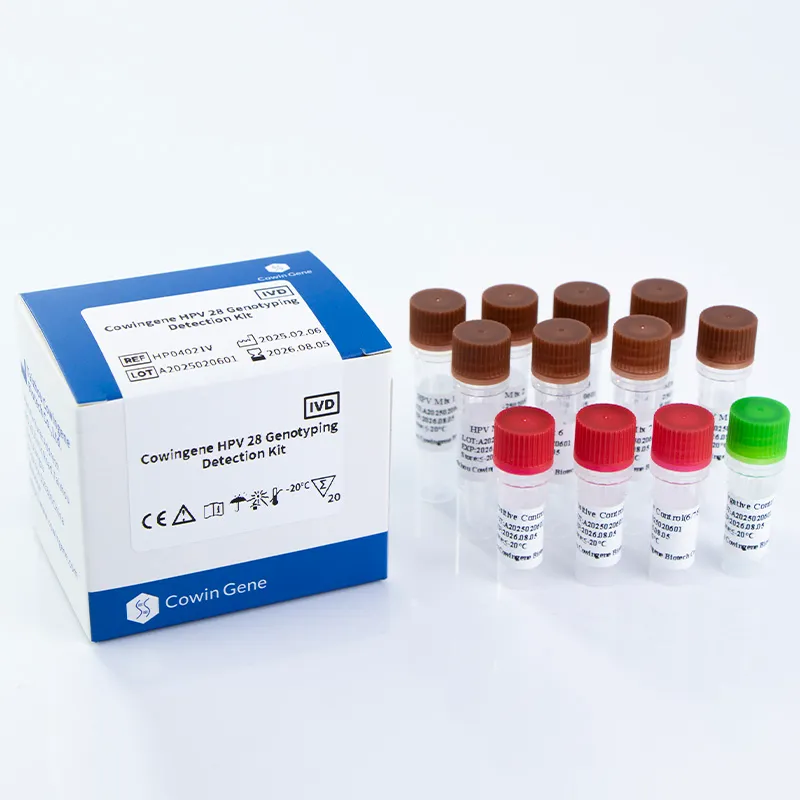
Process flow that makes sense
- Materials: swab/urine/vaginal samples; DNA extraction kit; 8-tube PCR mix; controls.
- Methods: nucleic acid extraction → master mix prep → plate setup → qPCR.
- Cycling/detection: genotype-specific probes; software calls per channel.
- QC: positive/negative controls; inhibition check; lot traceability.
- Testing standards: align with CLSI MM17, EP05 (precision), EP07 (interference), EP12 (qualitative).
- Service life: unopened ≈ 12 months at −20°C; opened/aliquoted stability varies—check IFU.
Where it’s being used
- Hospital labs for triage of abnormal cytology.
- Public health screening programs (high-risk HPV prevalence mapping).
- CROs and observational studies needing 28-genotype detail.
- Academic labs validating self-collection streams.
- External QA participation (e.g., WHO HPV proficiency panels).
| Feature | Cowingene HPV 28 | Generic Kit A | LDT |
|---|---|---|---|
| Panel size | 28 genotypes | 14–21 | Custom |
| Validated specimens | Cervical, urine, self-collected | Cervical only | Varies |
| Time to result | ≈2–3 h total | ≈3–4 h | Operator-dependent |
| Certifications | ISO 13485 (kit-level QMS) | Partial | Lab accreditation |
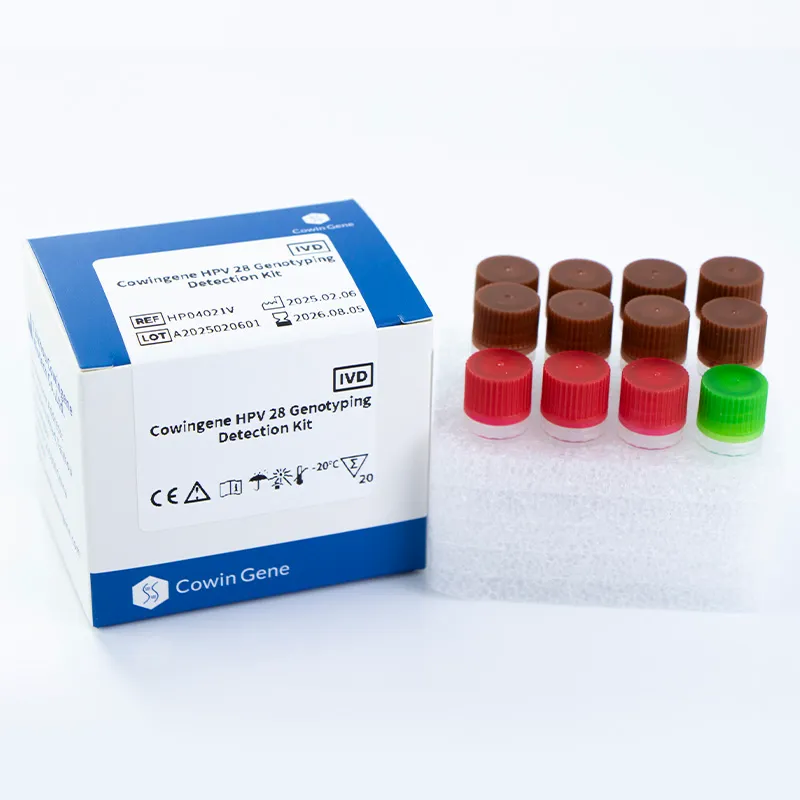
Customization and integration
OEM/ODM, additional genotype targets, and LIS-friendly result exports are on the table, from what I gather. Many customers say onboarding is smoother when vendor provides template thermocycler files and pre-filled IQ/OQ checklists—ask for those up front.
Case note
A regional screening lab switched to this 28-genotype panel and—surprisingly—cut repeat testing by tightening extraction/QC scripts. Turnaround didn’t magically halve, but techs reported fewer equivocal calls. Feedback was “less fiddly than our old LDT.” That squares with my experience when panel design matches reporting needs.
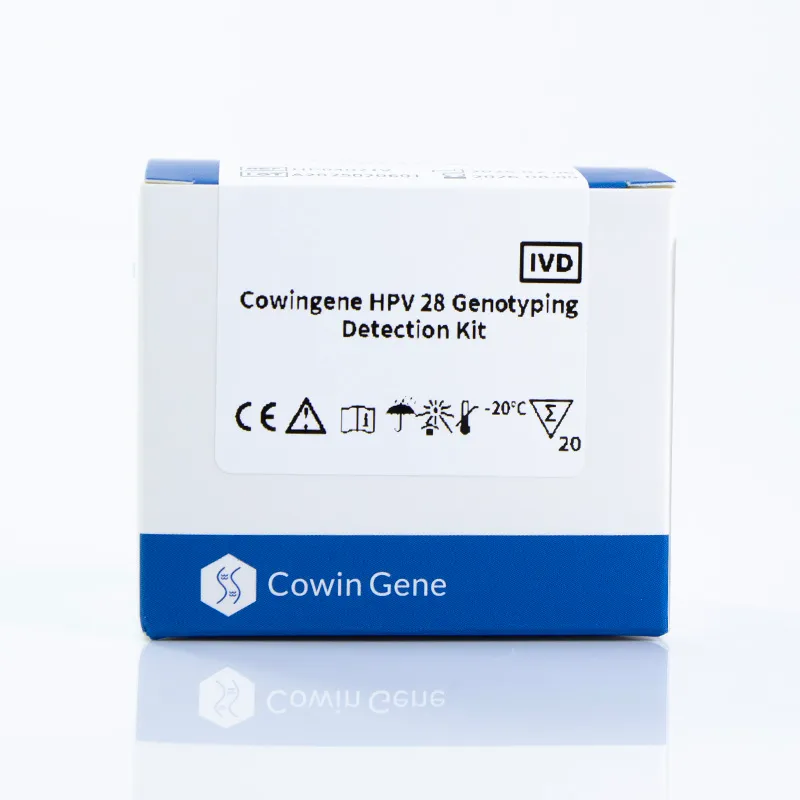
Technical notes, testing standards, data hints
- Analytical sensitivity often falls around 10^2–10^3 copies/reaction in real-world use; verify in your lab per CLSI MM17.
- Run precision (EP05) across three days, two operators, multiple lots—auditors love that matrix.
- External quality: enroll in WHO HPV proficiency testing where available.
- Documentation: ISO 13485 QMS and ISO 15189 lab processes make audits calmer.
One more thing: for outreach materials, keep using human papilloma virus hpv pcr phrasing consistently—it maps to how clinicians and procurement search. It’s small, but it helps.

Bottom line
For labs needing broad genotype coverage, validated self-collection, and tidy QC, this kit checks the right boxes. It’s not the only path, obviously, but it’s a practical one—especially if your team wants less time fiddling and more time reporting. And yes, human papilloma virus hpv pcr buyers keep asking for transparent IFUs and training files; make that a condition of purchase.
Authoritative references
- WHO. Human papillomavirus laboratory manual. https://www.who.int/publications/i/item/human-papillomavirus-laboratory-manual
- CLSI MM17. Verification and Validation of Multiplex Nucleic Acid Assays. https://clsi.org/standards/products/molecular-diagnostics/documents/mm17/
- ISO 13485:2016 – Medical devices — Quality management systems. https://www.iso.org/standard/59752.html
- ISO 15189:2022 – Medical laboratories — Requirements for quality and competence. https://www.iso.org/standard/76677.html
- CDC. HPV Laboratory Resources. https://www.cdc.gov/std/hpv/lab/default.htm
Related PRODUCTS
-
Comprehensive Guide to Monkey Pox Detection: Methods, Applications & Innovations
NewsNov.23,2025 -
Essential Guide to Monkeypox Detection: Technologies, Applications & Future Trends
NewsNov.23,2025 -
Understanding Strep B Test Cost: Global Insights and Healthcare Impact
NewsNov.22,2025 -
Group B Strep DNA Test – Fast, Accurate Screening to Prevent Neonatal Infection
NewsNov.21,2025 -
Essential Guide to Group B Strep Test Kits: Benefits, Uses & Innovations
NewsNov.20,2025 -
Group B Strep PCR Test – Rapid and Accurate Detection for Improved Newborn Health
NewsNov.20,2025


